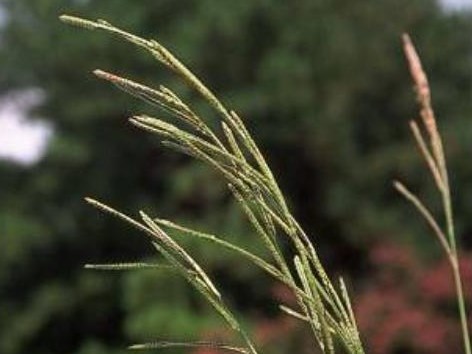Created on: Wednesday, Jun 1st, 2016
GRIN: https://npgsweb.ars-grin.gov/gringlobal/taxonomydetail.aspx?id=26932
GBIF: http://www.gbif.org/species/2705650
Invasive Plant Atlas: http://www.invasiveplantatlas.org/subject.html?sub=6152
Queensland Government: http://keyserver.lucidcentral.org/weeds/data/media/Html/paspalum_urville...
CABI: http://www.cabi.org/isc/datasheet/109621
Victoia: http://vro.agriculture.vic.gov.au/dpi/vro/vrosite.nsf/pages/invasive_vas...
Grassland Species Profiles: http://www.fao.org/ag/AGP/AGPC/doc/Gbase/data/Pf000295.HTM
Reviewed by Tim Hyland.
- < 13 : accept (low risk of invasiveness)
- 13 - 15 : evaluate further
- > 15 : reject (high risk of invasiveness)

